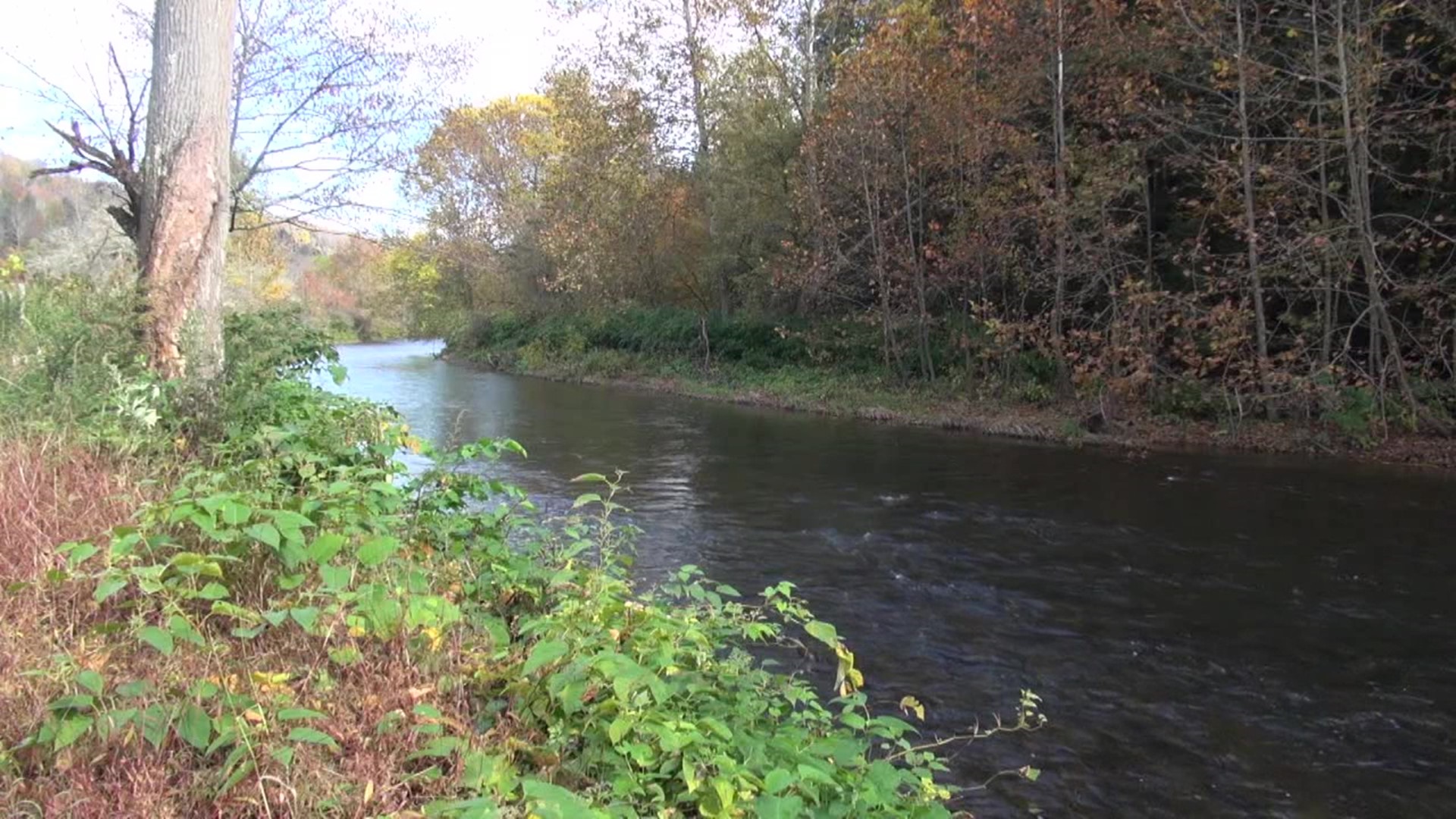SUSQUEHANNA COUNTY, Pa. — This month, watershed specialists in Susquehanna County are trying to raise awareness and educate people on the importance of clean water and protecting our creeks and streams here in Pennsylvania.
One way to do that is through riparian buffers.
"Buffers are one of the answers to protecting our local watersheds," said Master Watershed Steward Coordinator Jeremy Leaidicker, Penn State Extension, Endless Mountains.
A riparian buffer is a forested area along a body of water filled with vegetation, such as trees, shrubs, and grass.
This week, Newswatch 16 visited one that protects part of the East Branch of the Tunkhannock Creek, a tributary to the Susquehanna River, which flows into the Chesapeake Bay.
"What having a good riparian buffer does is that allows, that helps slow down any of that sheet flow and allows that water in infiltrate into the ground a lot better," said Watershed Specialist Nathan Harpster, Susquehanna County Conservation District.
The buffer is located on a family farm in Glenwood in Susquehanna County. It contains more than 2,000 planted trees covering more than two acres of land.
Watershed specialists with the Susquehanna County Conservation District established the buffer in 2021 because of the active row cropping that happens on the farm here. Since then, volunteers with the Penn State Extension watershed program have helped maintain the buffer.
"To help to mitigate the nutrients that are coming off of the field here. To stabilize the soils along the creek to prevent any erosion. Sediment getting into the watershed here can be detrimental to the overall ecosystem," Leaidicker said.
"Being able to recreate a good healthy natural system benefits the soil health, which will, in turn, improve and protect water quality," said Harpster.
October is Riparian Buffer Month, something that was started a few years ago as a way to educate people on the subject. Experts say fall is a really good time to plant because as trees are going dormant, they are less susceptible to damage and can handle more stress being transported into the ground.
"But this is also a great time to be able to see your landscape better as the leaves are down to evaluate what you have in place and what might need replaced if you have any invasive species to remove," explained Leaidicker.
You can reach out to your county conservation district to learn more about riparian buffer projects and funding opportunities.

